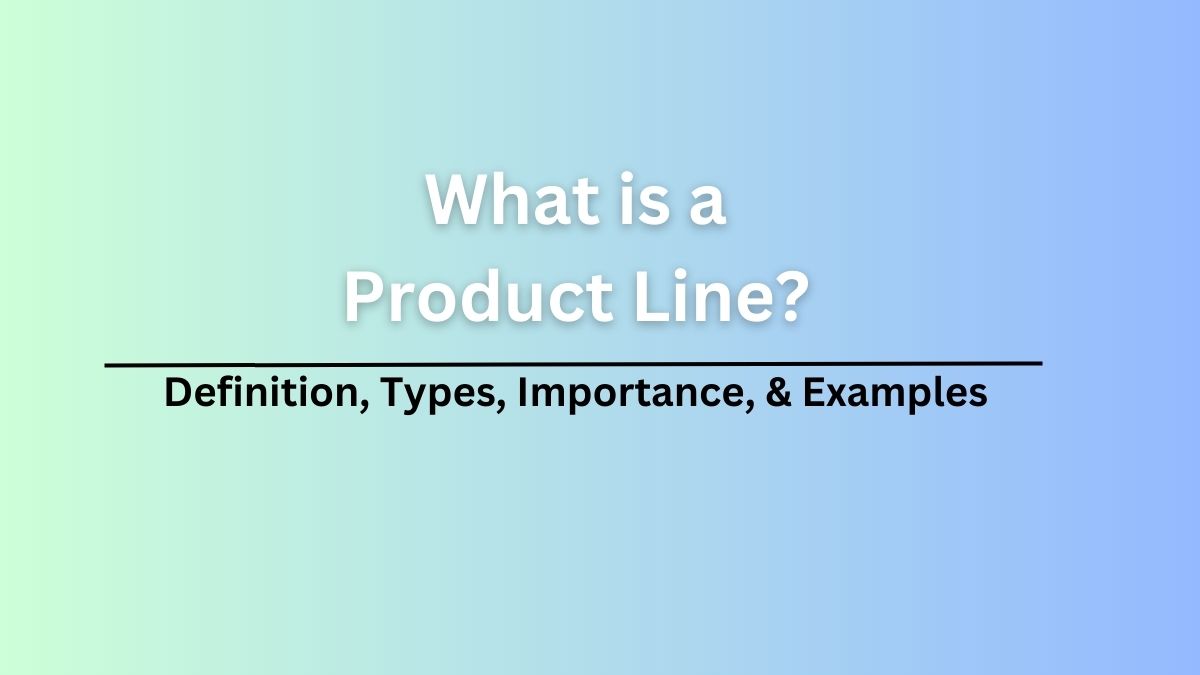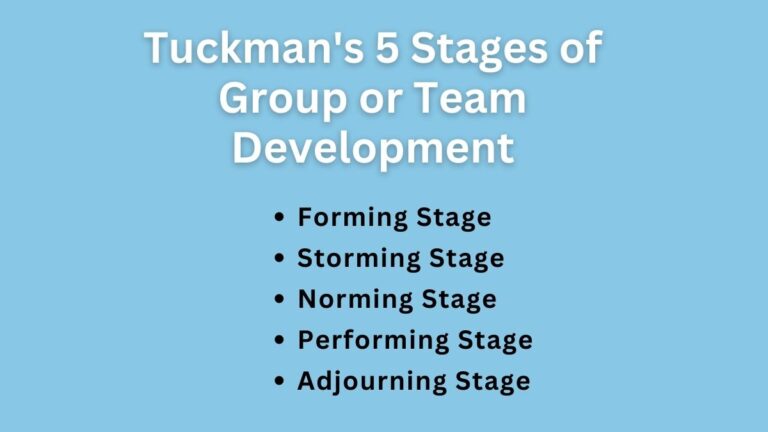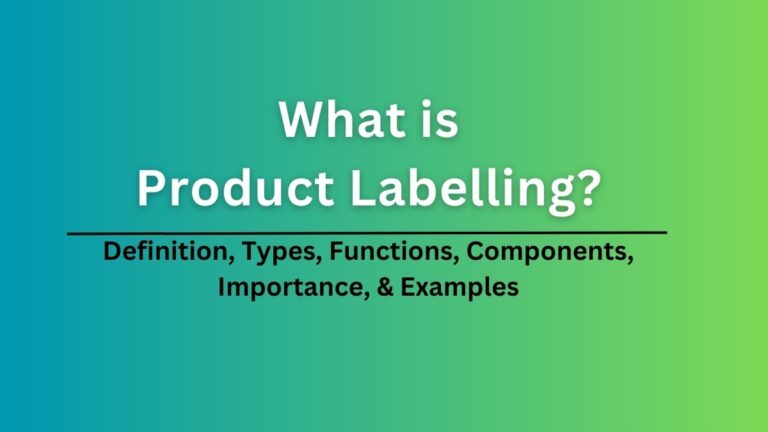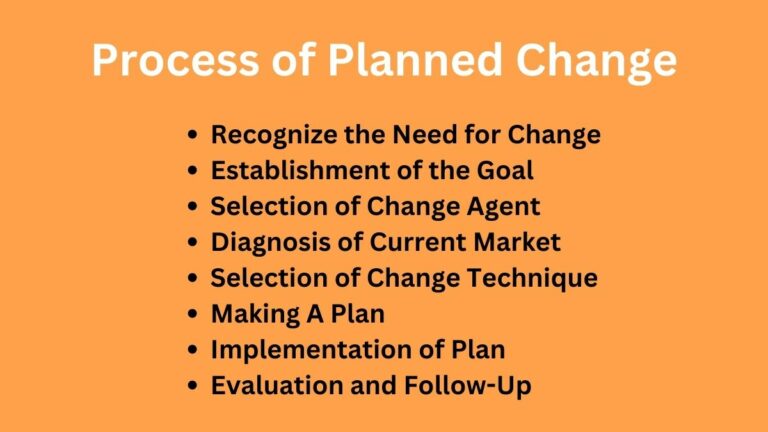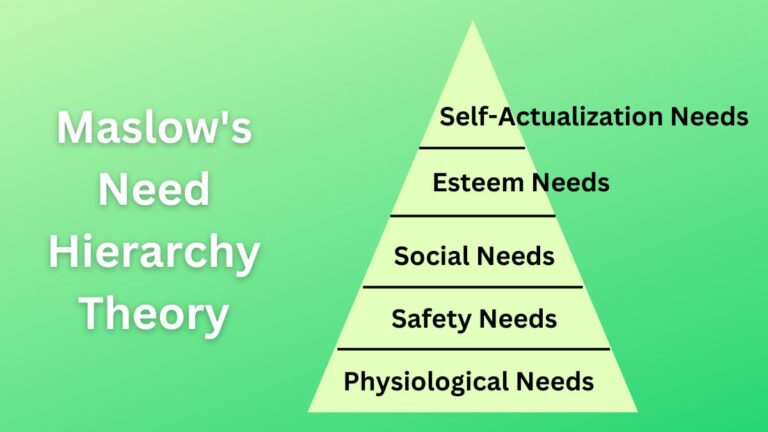What is a Product Line? Definition, Decisions, Importance, and Examples
A company can not succeed in the long run if it sells only one product and does not make additional changes and modifications to the product. For this companies need to adopt the product line, which is a strategy for businesses to introduce groups of similar products targeting the same audience with differences in price, quality, and other attributes.
Let’s understand what are product lines, their examples, types, and importance.
What is a Product Line?
A product line is a group of related products marketed and sold by a single company targeting similar segments of the market.
Product lines are groups of interrelated products fulfilling the identical needs and want of customers. Take the example of Apple’s product line iPhone – it annually updates and launches a new iPhone model, which is a part of Apple’s line strategy.
Product line strategy is common nowadays in companies. At first, almost all companies start with a short product line, and with passes of time, companies add different product lines to expand their business.
The main objective of adopting different product lines for companies is to retain existing customers and attract new ones. It helps to maintain the taste of customers as it aligns with the changes in the market and customers’ expectations.
Closely related products, sold under a specific brand, and sold to almost the same consumer groups are the three phrases that define the product lines.
According to Craven, Hills, & Woodruff – A product line is a group of products that are in some way related by being alternative to fulfilling the same consumers’ need, by being marketed to the same target markets, or through the same distribution network, or by being in the common price category.
Objectives of Product Line
The following are the main objectives companies aim to achieve by adopting a product line strategy.
- Retain the existing customers.
- Attract new customers.
- Expand the business.
- To gain a competitive edge in the market.
Product Line Decisions
The following are the five decisions or types you should consider while adopting this strategy.
Product Line Analysis
As a marketer, you should review the actual position of your company’s product line in relation to its profits and sales. You should also review the competitor’s position in the same market area.
This analysis will help you to decide whether your company should expand the line, improve the existing line, remain as it is, or reduce the product line.
Product Line Length
It refers to the total number of interrelated products a company produces. The general thinking is that the number of products a company produces should be optimal or manageable.
However, the company’s product line length decision is affected by its objectives. The company’s product lines usually tend to lengthen over time.
Line Modernization Decision
Despite the ideal product line length, not all of the items in the line may be beneficial. Some products could be less effective at bringing in customers and money for the business.
Under such a situation, you should consider modernizing such soft items by maintaining or improving their quality using modern technology, or other steps determined by the company.
Related: What is Product Life Cycle?
Line Featuring Decision
Sometimes you may select one or a few items in the line to develop them as promotional or leader items, as it is not possible to modernize all the items in the line.
A business can improve its reputation in the market by showcasing a few products. This image will be useful to increase sales of other products that aren’t featured, resulting in acceptable sales and profits.
Line Pruning Decision
Some products in the line might lose the business money or cause problems. When a business decides that featuring or upgrading them won’t fix the issue, it may eliminate or remove such items from the line and keep the high-margin products. This decision is known as the line pruning decision.
When profits are reduced by extending the line’s products and when the company lacks the production capability to create each of the existing items, the company may decide to prune the line.
Examples of Product Line
You can see the example of product lines in every company that sells more than one product. Let’s look at some examples of product lines of different companies.
Read Also: What is Augmented Product?
Apple
Apple Inc. is an American multinational technology company. Apple’s important product lines include iPhone, iPad, Mac, iPod, Apple Watch, and Apple TV.
It also offers various consumer and professional software applications such as iOS, macOS, iPadOS, watchOS, iCloud, AppleCare, Apple Pay, and accessories.
PepsiCo.
PepsiCo as a brand sells several highly recognized product lines such as Pepsi, Lay’s, Quaker, Gatorade, 7UP, Doritos, Cheetos, and Ruffles, as well as regional and local brands like Gamesa, Mafer, Tortrix, and Kero Coco.
Unilever
Unilever is the largest producer of soap in the world and its products are available in around 190 countries.
Unilever’s largest brands – every brand under a company is also considered as product lines – including Lifebuoy, Dove, Sunsilk, Knorr, Lux, Sunlight, Rexona/Degree, Axe/Lynx, Ben & Jerry’s, Omo/Persil, Heartbrand (Wall’s) ice creams, Hellmann’s and Magnum.
Importance of Product Line
The product line is an important marketing strategy for companies to sustain their business. Let’s discuss its importance to organizations.
Read Also: What is Packaging?
Retain Customers
The product line is regarded as one of the best marketing tactics that businesses frequently employ to increase their market reach by snatching up sales and brand-loyal consumers.
Consumers favorably buy the company’s new products from the same brand if they have a positive brand experience.
Attract New Customers
It is also one of the important strategies to attract new customers. Companies can improve, upgrade, or introduce new products which not only retain existing customers, instead, also attract new ones.
Companies further can share news regarding their upcoming product lines which will be effective to gain the attention of the markets.
Increase Sales
Customers will feel bored and the same product will not satisfy their needs for a long time. As changes take place in the market, they demand new and improved products. By adopting product line strategy companies can also generate more sales and profits.
Competitive Advantage
The market is saturated with different similar products. Continuous improvement to the product is key for businesses to survive in this market. By effectively implementing product lines company can further enjoy a competitive advantage in the market.
Difference Between Product Line and Product Mix
Product lines and product mix are often understood the same. Let’s shortly differentiate between them.
Product lines are the particular groups of products or brands a company sells. Such a line has products that are interrelated to each other and often targeted to the same markets.
On the other hand, a product mix includes all the products or product lines a company has in its offerings for its consumers.
The product lines come within the product mix. So, the product line is the subset of the product mix, whereas, the product mix is the superset of the product line.
Read Next: What is Marketing Mix?
Sajan Kushmi is a content writer with more than 4 years of experience. He holds BIM Degree. He write on the topics related to Management, Marketing, and Entrepreneurship.
